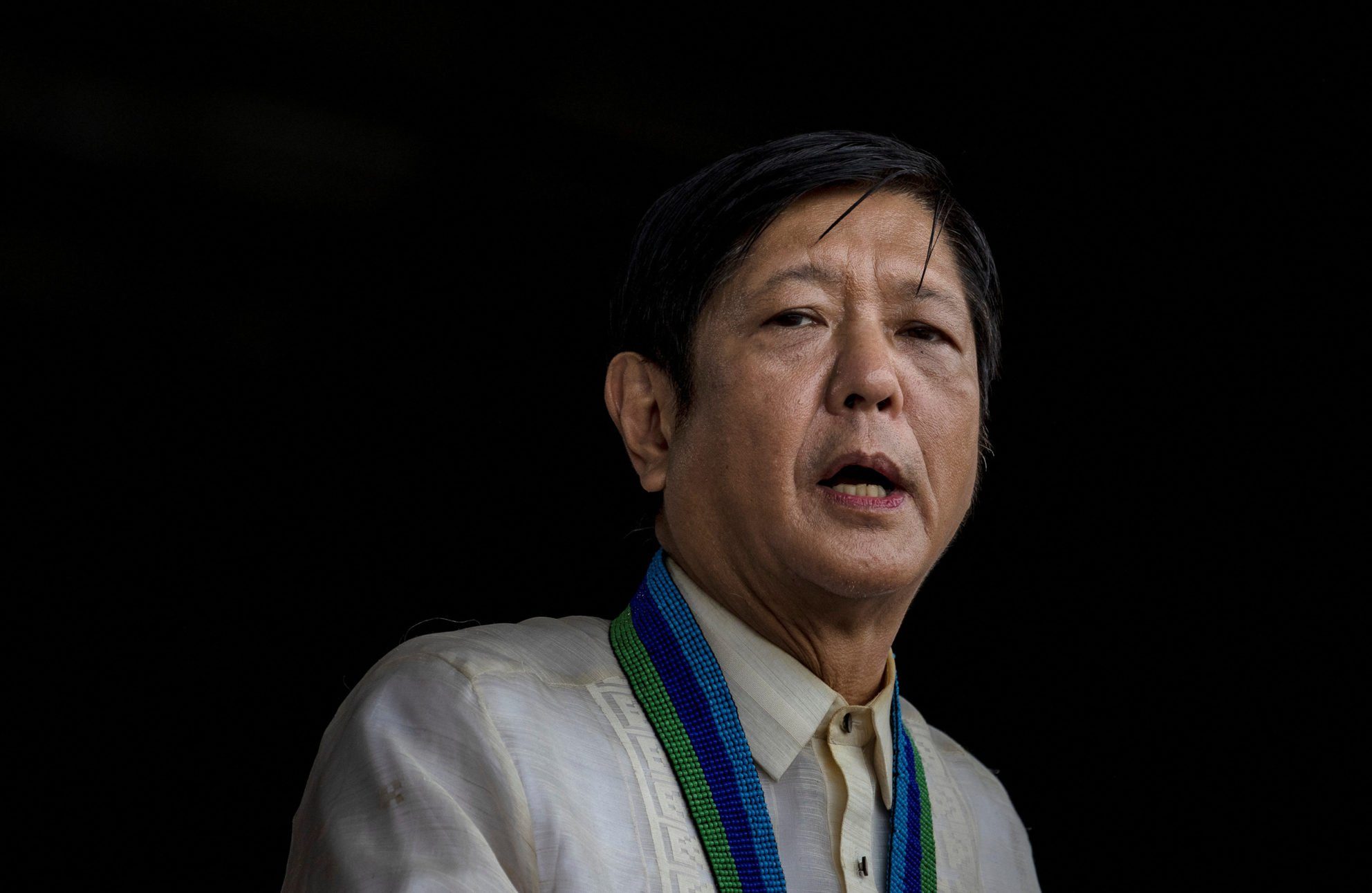Marcos: Allow e-visas for Chinese, Indian, SoKor, Japanese visitors

FILE PHOTO: Philippine President Ferdinand Marcos Jr. REUTERS
President Ferdinand “Bongbong” Marcos Jr. has ordered the expansion of the electronic visa (e-visa) program to include Chinese, Indian, South Korean and Japanese nationals in order “to capture the tourism markets of these countries,” Malacañang said on Thursday. Presidential Communications Secretary Cheloy Velicaria-Garafil said the President issued the directive during a meeting with Foreign Secretary Enrique Manalo and the tourism sector of the Private Sector Advisory Council (PSAC).
‘Connectivity matters’
Garafil said the PSAC had recommended the inclusion of Indian nationals under the visa-upon-arrival program and the extension of e-visa, which is currently available only for Taiwanese nationals.
According to Garafil, Manalo said the Department of Foreign Affairs (DFA) is collaborating with the Department of Information and Communications Technology (DICT) on the development of the technical plans for the e-visa.
Manalo, she said, pointed out that the DFA has a program on visa-upon-arrival, which applies to certain Chinese nationals.
Other citizens such as Americans, Japanese, Australians, Canadians and Europeans could have a 14-day visa-upon-arrival.
“DICT Secretary Ivan Uy said his department is still studying various connectivity matters that need to be threshed out with respect to the other jurisdictions that will avail of the Philippine e-visa platform,” Garafil said.
Tourism numbers
Quoting Uy, she said it would take at least half a year to develop the capability because “there is so much anti-fraud element that needs to be consolidated with the platform, and the various countries that will be connecting with the system and with the transactions.”
From February to December 2022, Garafil said, the country saw 2.65 million arrivals, of which 2.02 million were foreign tourists.
In 2022, visitors from South Korea numbered 428,014. Chinese tourists totaled 39,627; Japanese, 99,557; and Indians, 51,542.
Arrivals target
In 2019, foreign visitor arrivals in the Philippines reached 8.26 million, with South Koreans still the majority at 1.98 million, followed by the Chinese at 1.743 million. There were 682,788 Japanese visitors and 134,963 Indian arrivals that year.
Only 1.48 million foreigners entered the country in 2020, the first year of the pandemic, while 163,879 million were recorded in 2021.
For 2023, the Department of Tourism is targeting 4.8 million tourist arrivals, which it said could generate P2.58 trillion in revenue.